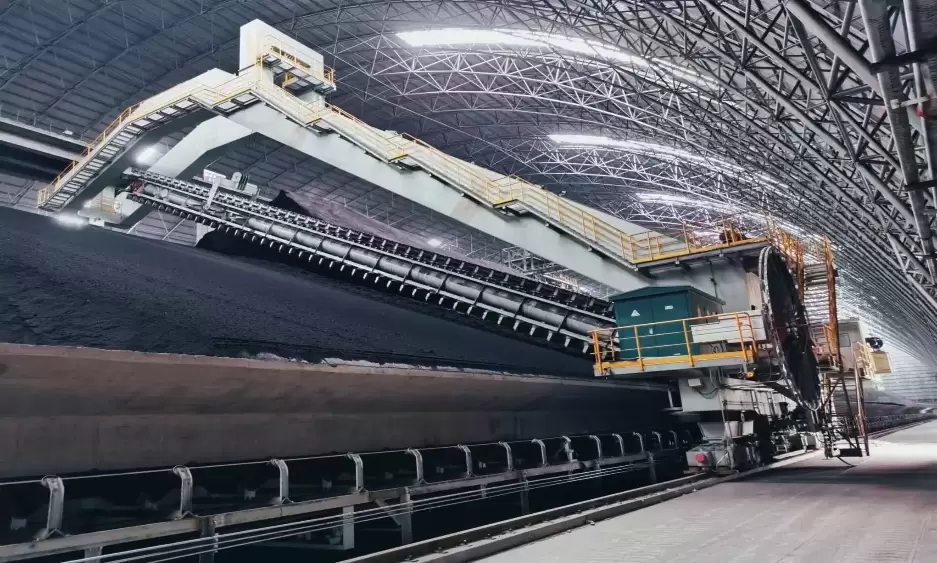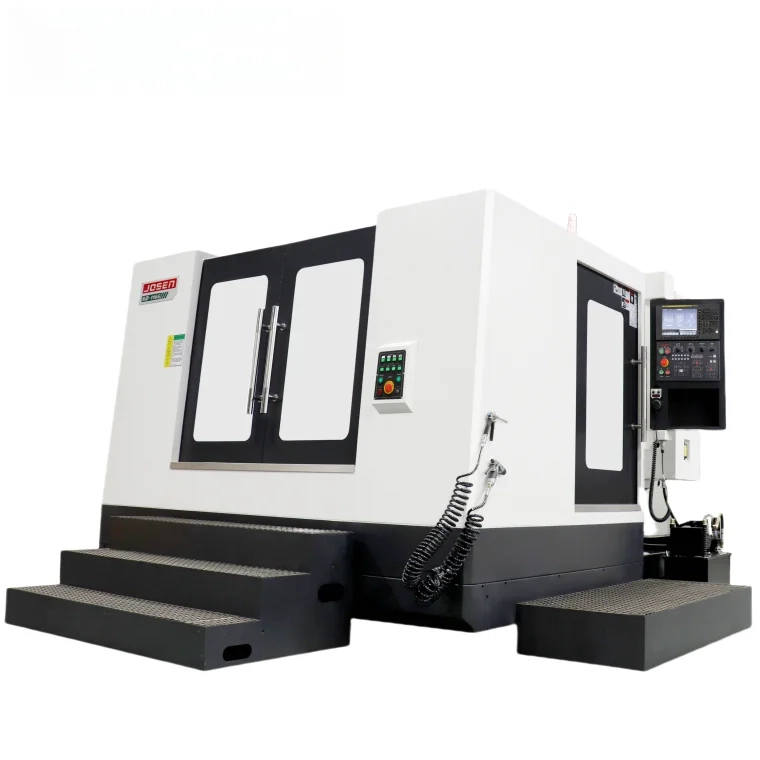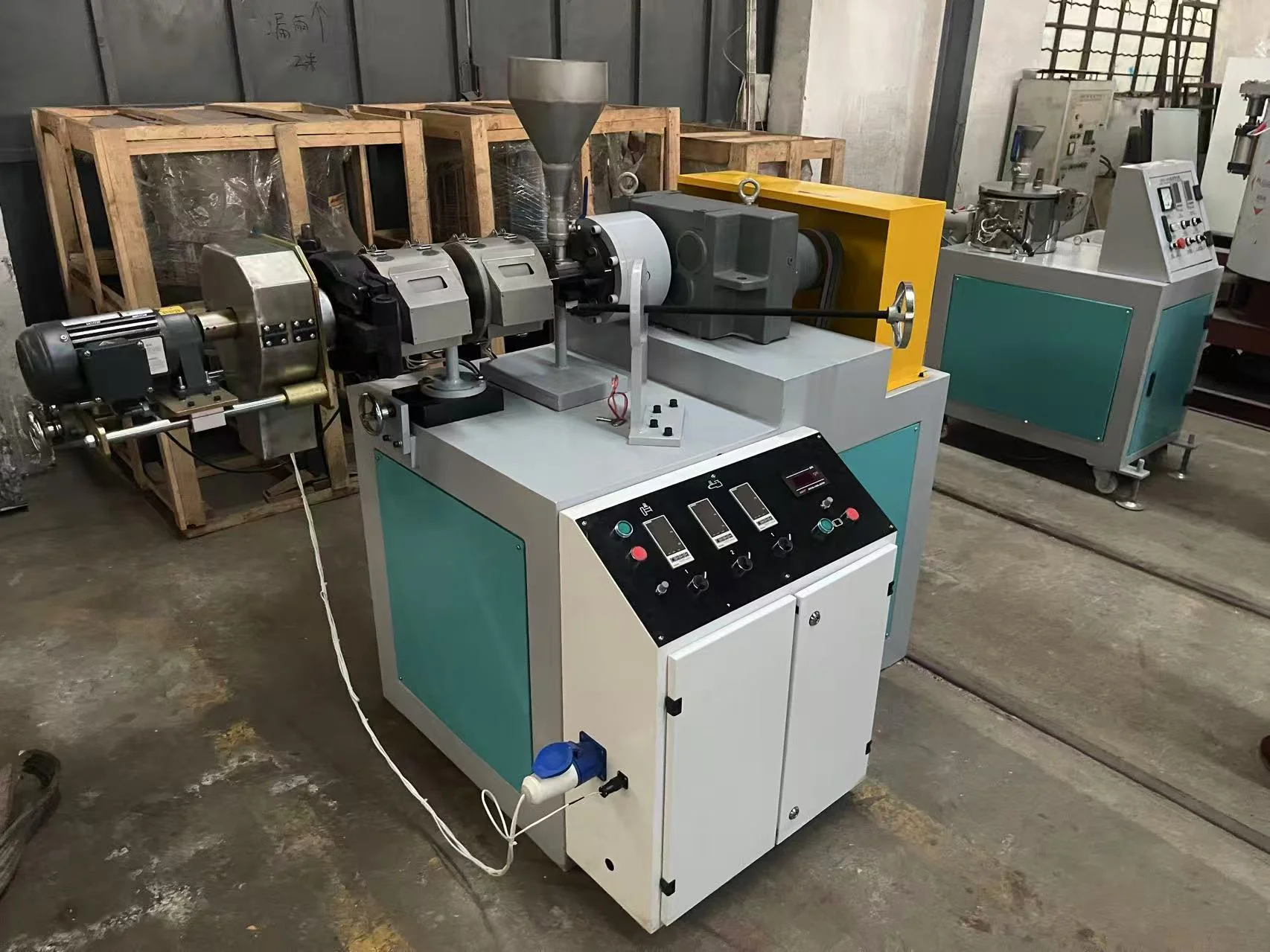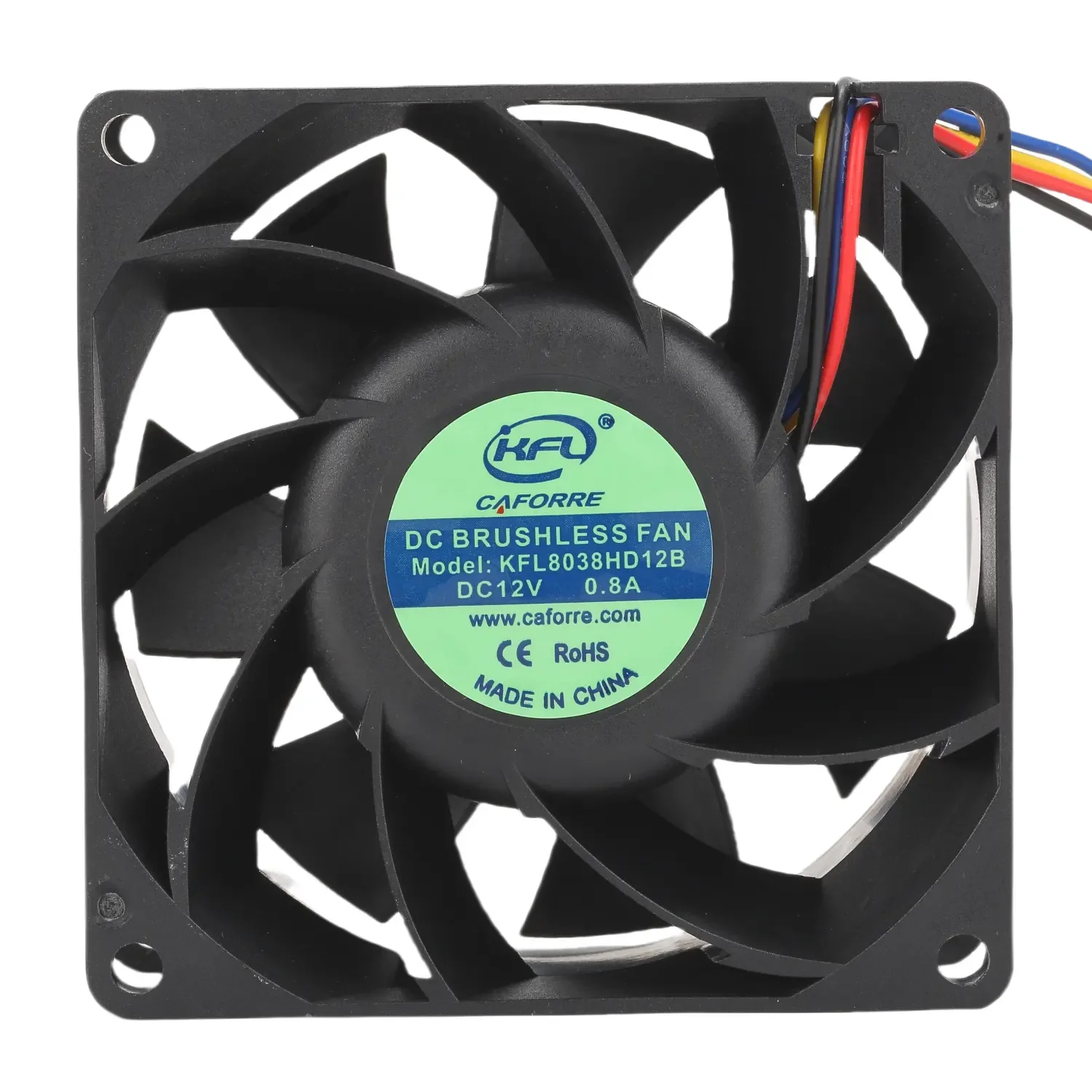In industries such as mining, power generation, cement, and metallurgy, the efficient handling of bulk materials is critical to operational success. One of the most effective solutions for reclaiming bulk materials from stockpiles—especially in longitudinal storage yards—is the semi-portal scraper reclaimer.
Whether you’re upgrading your material handling systems or planning a new facility, implementing a semi-portal scraper reclaimer can drastically improve efficiency, reduce operational costs, and enhance automation. This guide provides a step-by-step overview of how to implement these machines successfully in your operation, and how Dadi, a leader in bulk material and metallurgical equipment, supports clients through this process.
What Is a Semi-Portal Scraper Reclaimer?
A semi-portal scraper reclaimer is a type of stockyard equipment used to continuously reclaim bulk materials like coal, limestone, and iron ore from a storage pile. It consists of a portal structure that spans part of the stockpile area and operates with a scraper arm that travels along the pile, collecting material and feeding it onto a conveyor belt.
Unlike full-portal reclaimers, semi-portal units are ideal for facilities with limited space or asymmetrical stockpile layouts.
Benefits of Using a Semi-Portal Scraper Reclaimer
Efficient Continuous Reclaiming: High reclaim rates with minimal energy consumption.
Reduced Labor and Maintenance: Designed for automated and unmanned operation.
Space-Saving: Requires less structural footprint than full-portal reclaimers.
Blending Capabilities: Offers consistent material mixing and homogenization.
Enhanced Safety: Minimizes human interaction with large stockpiles and moving equipment.

Step-by-Step Implementation Guide
Step 1: Define Operational Requirements
Begin by identifying your material handling needs:
Type of material (density, moisture content, abrasiveness)
Daily throughput
Storage yard layout
Desired reclaim capacity and blending quality
Integration with existing conveyors or systems
Dadi’s engineering team works closely with clients during this phase to ensure that the reclaimer configuration matches their production flow and material properties.
Step 2: Site Survey and Feasibility Study
A thorough site analysis is essential. This includes:
Topographic surveying
Soil bearing capacity analysis
Review of weather/environmental factors
Assessment of infrastructure compatibility
Dadi provides on-site consulting and technical feasibility reports as part of its comprehensive pre-project services.
Step 3: Custom Design and Engineering
With requirements established, the next step is to develop a customized reclaimer solution. This includes:
Structural design of the semi-portal frame
Selection of scraper chains and travel mechanisms
Dust and spillage control systems
Electrical and automation systems
Dadi specializes in bespoke design, offering tailored solutions that meet local and international standards (such as GB, ISO, or DIN norms).








+ There are no comments
Add yours